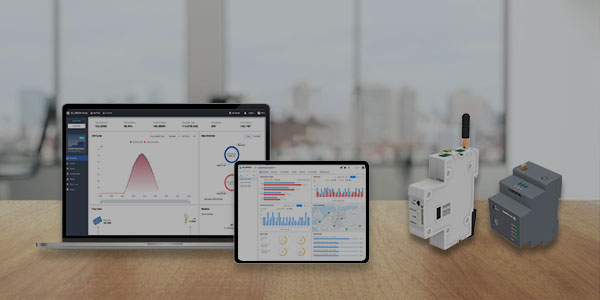Battery storage system is an essential component of modern energy solution, offering a way to store energy for future use. These systems are becoming increasingly vital in a world transitioning towards renewable energy, as they help balance supply and demand, improve grid stability, and reduce dependency on fossil fuels.
Key Components of Battery Storage System
1. Battery Management System (BMS): This system monitors and manages the voltage, current, temperature, and state of charge (SOC) of batteries, ensuring their safe and efficient operation. It also prevents overcharging and overdischarging to extend battery life.
2. Battery Units: Lithium-ion batteries are the most common due to their high energy density, longevity, and efficiency. Other types include lead-acid and flow batteries, used for different applications based on cost and capacity requirements.
3. Inverters: These convert the direct current (DC) stored in batteries to alternating current (AC), making it usable for homes and businesses.
Applications
Battery storage system is utilized in various sectors:
– Residential: Home systems provide backup power during outages and optimize solar energy usage.
– Commercial and Industrial: These systems reduce peak demand charges and ensure uninterrupted operations.
– Grid-Level: Large-scale storage balances intermittent renewable sources like wind and solar, ensuring grid reliability.
Battery storage systems are a cornerstone of the renewable energy revolution, enabling a sustainable and resilient energy future. With continued innovation, they will play an increasingly critical role in achieving global energy goals.











